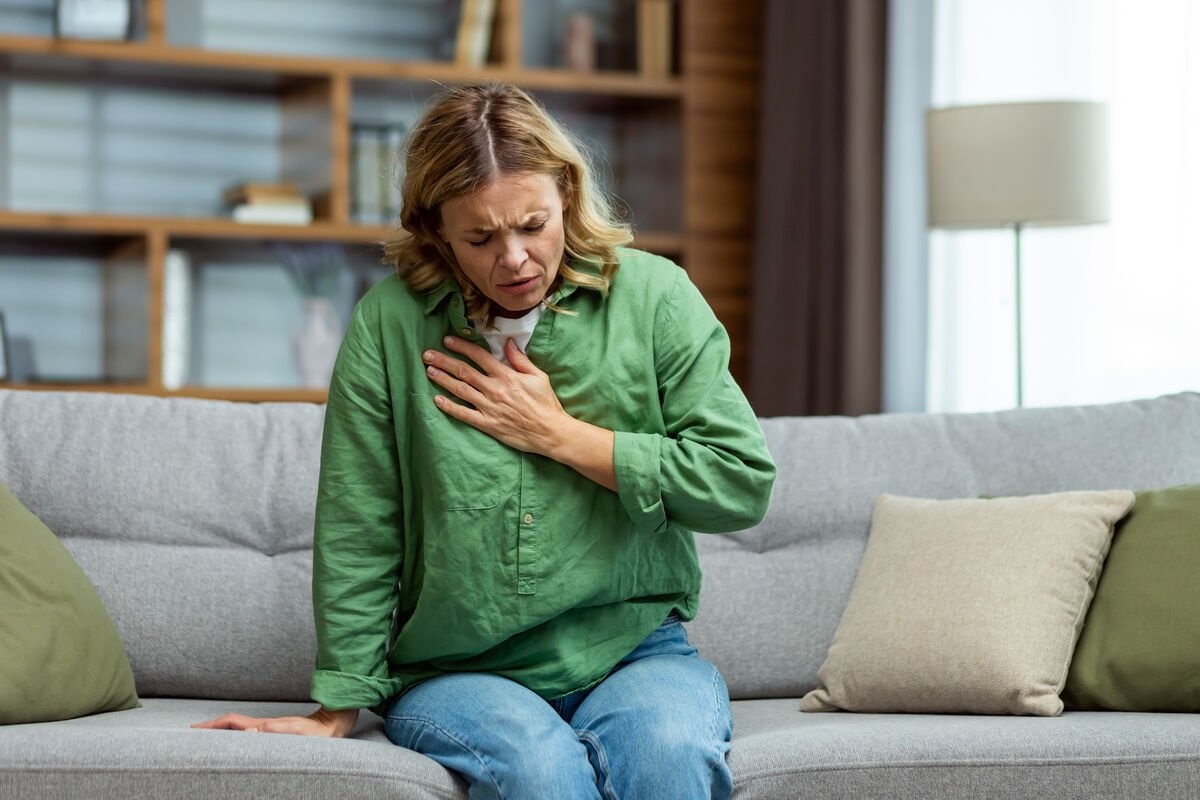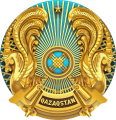
A heart attack (myocardial infarction) is an acute condition that occurs due to a disruption in the blood supply to the heart muscle. It is deadly, so the patient urgently needs help. On World Heart Day, September 29, “FederalPress” named the signs of a heart attack and learned how to provide first aid to the suffered before the doctors arrive.
What a heart attack is and why it happens
This condition occurs when one of the coronary arteries that supply blood to the heart becomes blocked. This can happen due to a blood clot on an atherosclerotic plaque that narrows the lumen of the artery. Due to the blocked blood flow, part of the heart muscle is deprived of oxygen and nutrients, causing damage or death.
Risk factors
- Atherosclerosis. This is a chronic disease characterized by the appearance of plaques on the walls of the arteries, which are composed of cholesterol, fats and other substances. They narrow the lumen of the arteries and increase the risk of blood clots.
- High blood pressure. In this case, the load on the walls of the arteries increases, which causes overloading of the heart.
- Smoking. It damages the walls of the arteries and increases the risk of blood clots.
- Diabetes mellitus. When blood sugar levels are high, arterial walls are damaged and this contributes to the development of atherosclerosis.
- Obesity. It increases the load on the heart and increases the risk of cardiovascular disease.
- A sedentary lifestyle contributes to obesity, high blood pressure and high blood cholesterol.
- Hereditary aptitude to cardiovascular disease. This also increases the risk of developing a heart attack.
- Chronic stress. It increases blood pressure and stress hormone levels, which is bad for the heart.
The main symptoms of a heart attack are
1. Chest pain
This is the most common symptom of a heart attack. The intensity can vary from a sensation of pressure or burning to a sharp, tearing pain. The sensation is localized behind the sternum, but can go to the left arm, shoulder, neck, jaw or back.
2. Shortness of breath, difficulty breathing, or feeling short of breath
These are also common signs of a heart attack.
3. Increased diaphoresis, especially cold diaphoresis.
4. Nausea and vomiting may accompany infarction, especially in women.
5. General weakness, dizziness, loss of consciousness.
6. Often people experience severe anxiety and fear of death during a heart attack.
The publication notes that in women, the elderly and diabetics, the symptoms of a heart attack may be less pronounced. For example, instead of chest pain, they may experience abdominal discomfort, nausea, vomiting or shortness of breath.
First aid for a heart attack: what to do before the ambulance arrives
- If a person is suspected of having a heart attack, an ambulance should be called immediately. Before the ambulance arrives, you must give the injured person first aid.
- Calm the patient. Stress and panic often aggravate the situation.
- Provide fresh air. It is necessary to open the windows or if possible take the patient outside.
- Help to take a comfortable position. Usually a person with a heart attack needs to sit or take a semi-sitting position to breathe easier.
- Give nitroglycerin. You need to put a tablet under the patient's tongue. Nitroglycerin dilates the blood vessels and improves blood flow to the heart.
- Monitor the condition. It is necessary to monitor the pulse and breathing . If they are not, start cardiopulmonary resuscitation (CPR).
Prevention and rehabilitation after a heart attack
Healthy lifestyle and control of risk factors will help to reduce the likelihood of a heart attack, as well as to recover from a heart attack, if it does occur.
If a person smokes, he or she needs to give up the habit, as well as alcohol. It is necessary to eat more fruits, vegetables, whole grain products and fish. In addition, limit fatty, fried and salty foods.
You need to exercise, gradually increasing the load to 30 minutes five times a week. It is also necessary to watch your weight and avoid obesity.
In addition, you should regularly measure blood pressure and blood cholesterol levels. If necessary, take medicines prescribed by a doctor.
You should also learn to cope with stress by using relaxation techniques, yoga, meditation or other methods. Psychological support will also help to cope with the anxiety associated with a heart attack.
Now people with cardiovascular diseases need to be especially careful - fall is dangerous for such patients.



